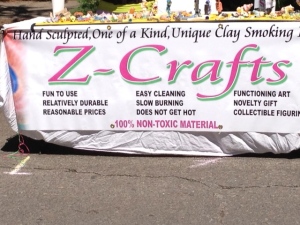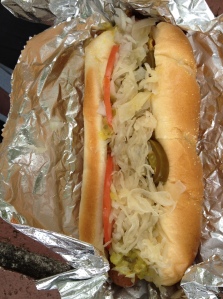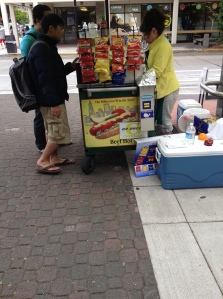PK Park: a Disappointing and Unfulfilling Atmosphere
Looking forward to taking in Tuesday evenings game between the Eugene Emeralds and the Tri City ValleyCats at PK Park, I was treated to a free ticket someone had turned in. I took my seat in seat one of row seven–the perfect spot. I was near the Eugene Emeralds dugout, close enough to hear their chatter while also able to witness the inconsistencies of the home-plate umpire’s strike-zone. As the clock hit 7 pm–just before the start of the game–the seats on the first-base side of the diamond and behind home-plate were nearly filled. The crowd was big enough to hear the constant conversations, on the subject of the upcoming game, baseball in general, and topics relating to household chores and overall home-life. The contest was about to begin–my first time seeing the Single-A short-season teams play at the new stadium. And I had high expectations.
Those expectations were not fulfilled. I am a baseball purist. I like relative silence when I watch a game so I can study tendencies and learn players names, strengths, and weaknesses. I’m there for what Shoeless Joe Jackson, played by Ray Liotta in Field of Dreams, called “the thrill of the grass.” I was asking for my dream scenario to take place, but it didn’t. I mean, there was a Star Wars mashup of “Call Me Maybe” played on the screen beyond center-field in between the eighth and ninth inning. That’s just not right.
There was a lot of good that came out of attending PK Park to see the Ems play, however. There were peaceful moments, when I could be one with the batter and pitcher. I was, at times, able to focus on how certain hitters were pitched, what approaches they took against certain pitchers, and how outfielders were positioned, among other nuances of the game. And PK Park is beautifully laid out. There isn’t a bad seat in the house. No view is obstructed, and it’s hard to find a spot that isn’t close to the action. I was seven rows back of the field and I felt so close to what was going on. On top of that, the team is enjoyable to watch, the food was reasonably priced and delicious, and the conversations that could be had were scintillating.
I relished in the time when I could hear nothing but the chitter-chatter of the fans, the crack of the bat, and the roars from the crowd as something went right. These moments were fairly infrequent on this night, though. It was hard to get into the flow of the game, and the game was, for me, almost in the background. That said, baseball–the ever evolving sport–has changed its atmosphere and demographic, which means a new audience is catered to. It needs to be a family affair, and it needs to satisfy sponsors. It’s something I need to get used to, and if I do that, and if you can, too, taking in a game at PK Park can easily be worth the minimal price of admission.
PK Park, Home of the Eugene Emeralds, next to Autzen Stadium off Martin Luther King Blvd in Eugene, Oregon. Here is the team’s schedule. And here is how to purchase tickets. PK Park is also home to the Oregon Ducks baseball and softball teams.












